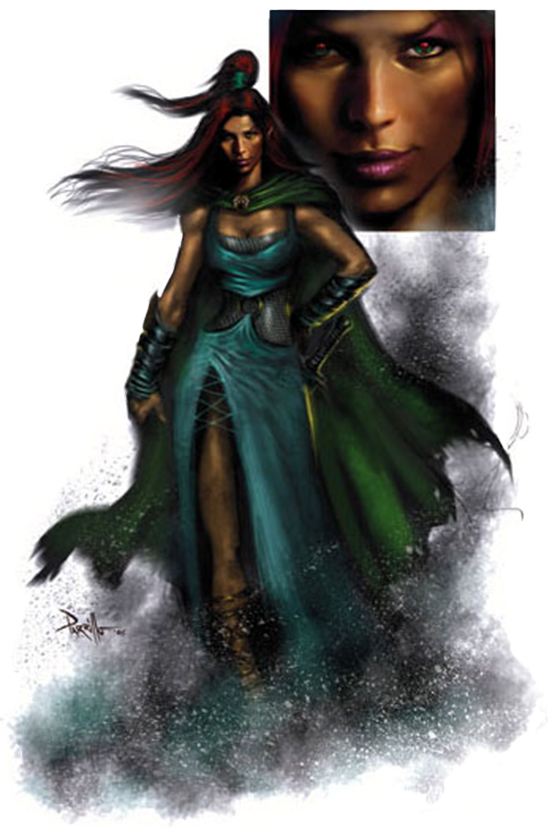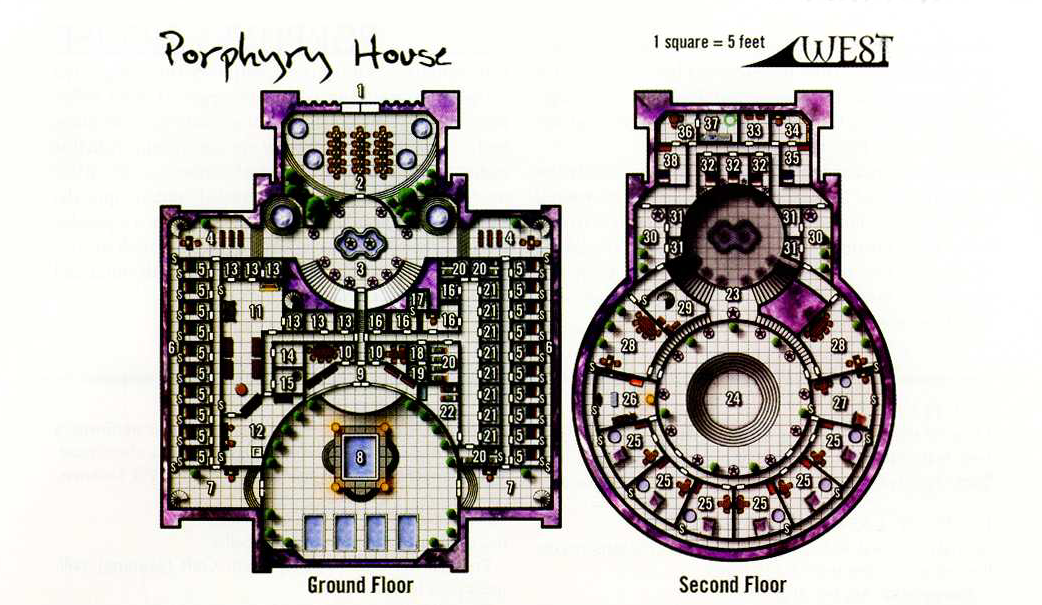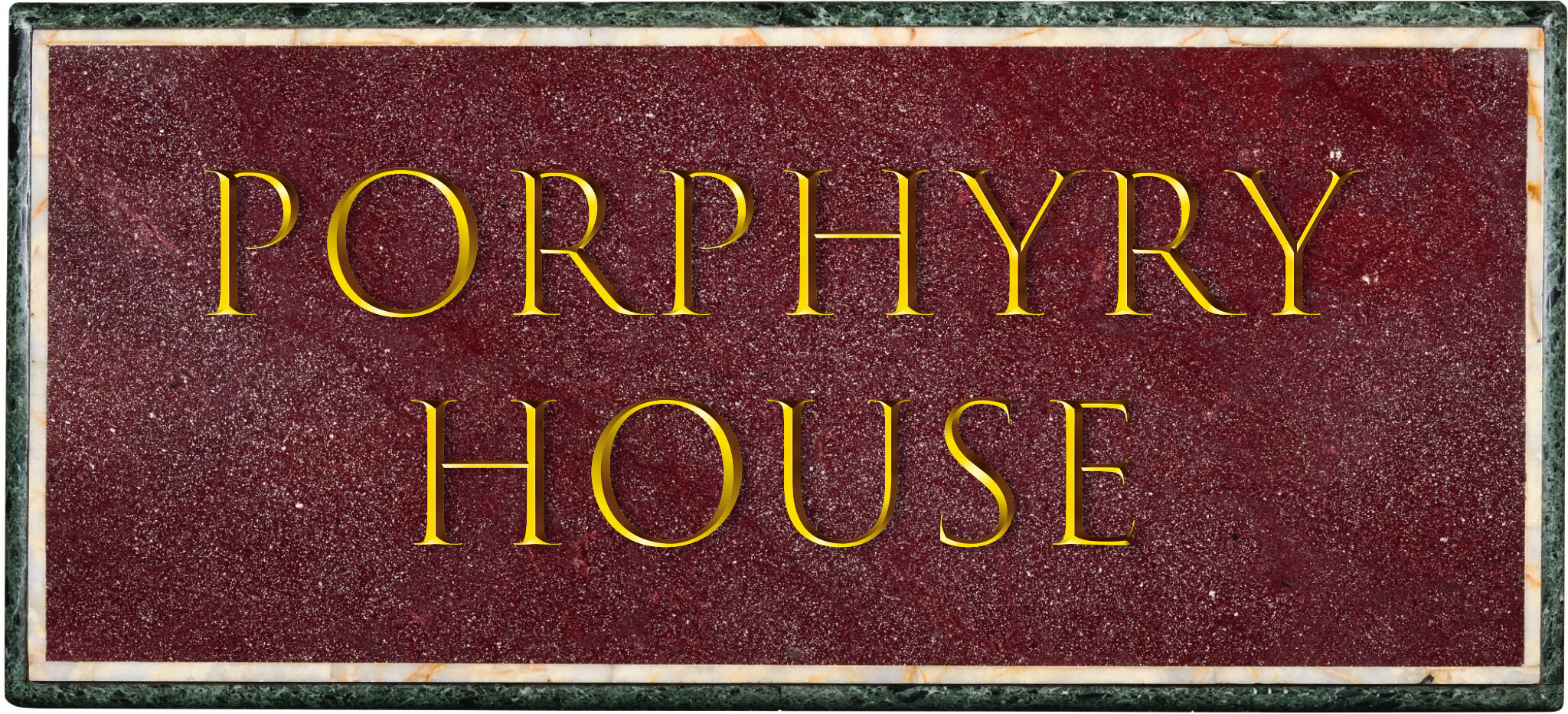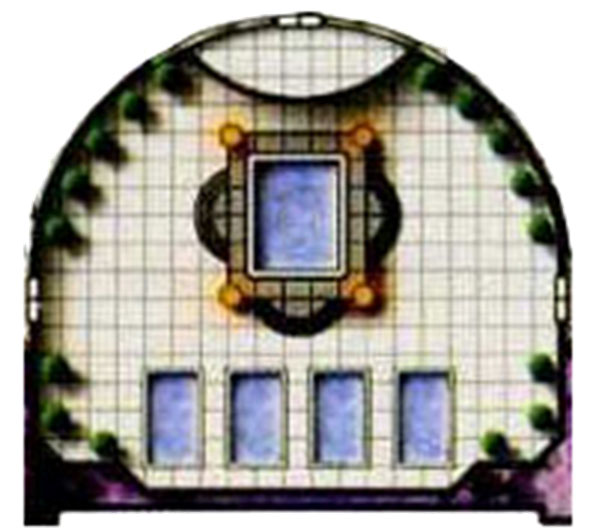
SESSION 44B: TIME TO FLY
October 28th, 2009
The 24th Day of Kadal in the 790th Year of the Seyrunian Dynasty
It was coming from somewhere above them.
Having called whatever was coming, Erepodi started casting another spell—
And Ranthir reached out with his mind and slammed the door in front of her shut. Then he threw another web to seal it shut.
The shutting of the door also had the benefit of freeing Tor from the necromantic link that Erepodi had forged. He felt a little of his strength returning to him.
THOOM. THOOM. THOOM.
It was descending now. Slowly, inevitably approaching them…
They could hear the serpents struggling to wrench open the door, but the web bought them a few minutes in which Tor and Agnarr could just focus on dealing out as much punishment as possible on the two serpent warriors trapped with them.
Or was it the other way around? They hadn’t managed to subdue even one of the serpents before the door was finally ripped open again. The thick strands of the web still blocked their sight, but they could hear that even more reinforcements had arrived. Erepodi was shouting instructions: “Go to the north and the south! Circle around them! Cut them off!”
THOOM. THOOM. THOOM.
“Time to retreat!” Tee shouted.
But it wasn’t that easy. Tor and Agnarr had become thoroughly enmeshed by the vines once again and were helpless to do anything except fight the serpent warriors directly in front of them.
“Are we going? Are we going?!” Elestra shouted.
Confusion reigned.
Tee dashed forward, using the bag of elemental flame to Agnarr free. Even as he was bathed in fire, Agnarr finally managed to cut down the serpent warrior he faced.
THOOM. THOOM. THOOM.
From beyond the web they could still hear Erepodi shouting orders. “You! Fetch Wulvera! And you! Go to the madams!”
Elestra began weaving a spell to summon forth lightning while Ranthir cast a spell to enlarge Tor, which ripped the knight free from the vines as he grew. With all of them at last free to move again, they started to flee out of the vines. But the remaining serpent warrior backed away from the enlarged Tor and cried, “There shall be no escape!”
And the hallway beyond them exploded into more of the writhing vegetation.
As they all cursed, the serpent warrior darted back under Tor’s blade and viciously cut Agnarr down. Elestra, who had been caught around the corner by the vines, unleashed her lightning blindly… where its mis-aimed strikes did nothing except to backlight Agnarr’s collapse.
THOOM. THOOM. THOOM.
Tor concluded that they weren’t going to escape as long as this bastard was alive. He focused everything he had on taking him down… and finally succeeded after a torturous exchange of blows that left him bleeding from a dozen wounds. In fact, even that effort might not have been enough if Tee had not succeeded in directing Elestra’s blindly-aimed lightning into finally striking true.
THOOM. THOOM. THOOM.
It had taken too long. Whatever Erepodi had called to her was tearing its way through Ranthir’s web…
And now Tor could see it: A massive, twenty-foot-tall statue of Erepodi – animated and brought to life.
“Oh gods…!” Tor murmured.
Ranthir, behind him, could not see the statue. But he could hear the telltale cindering of his web being burnt away by the serpents… so he dropped another forty feet of it.
Tor grabbed up Agnarr’s body and turned, churning his way down the hall.
The twisting vines continued to confound their orderly retreat, but several of them had broken free now and were running back across the lounge. Tee, who was still trying to assist Tor’s retreat, tossed Nasira her magical lockpicking ring: “Get out! Quick as you can!”
Nasira reached the door to the long hall of whores and swung it open. Looking both ways she sighed with relief and called back over her shoulder, “All clea—“
The door at the far end of the hall opened. Two of the armored serpents and six unarmored ones poured through. “There they are!”
But as the serpent warriors began to race down the hall, Elestra stepped past Nasira and called upon the Spirit of the City. The end of the hall erupted in jagged, cascading tremors – shaking the serpents from their tails and hurling them to the ground. She had bought them a few precious moments.
Ranthir, his feet quickened by another glamer, came tearing across the lounge behind them.
Nasira tried a door on the opposite side of the hall (hoping to reach one of the secret doors they knew to be on the other side of those rooms, and through those back to the hall where their entrance from the outside had been cut)—But it was locked! And Tee’s ring was already spent for the day!
And Tee herself, for perhaps the first time in all their days in Ptolus, was tarrying behind – her progress completely hindered by the vines.
And that was when the door directly behind them opened and eight more of the serpents were revealed.
Elestra, thinking quickly, reached out through the Spirit and dropped a suggestion into their minds: “Shut the door.”
And they did!”
They could hear a muffled shout through the door. “What are you doing?!”
Tor, who had just come trundling up with Agnarr’s body thrown over his shoulder, grabbed the door and desperately held it shut. Elestra and Nasira seized the moment to heal Agnarr: They needed him to knock down one of the whore doors. But, back on his feet, he threw his body uselessly against the stout door of mahogany.
Ranthir, meanwhile, dropped a web on the north end of the hall to further impede the patrol (who had almost broken free of Elestra’s heaving stones).
And then the door was wrenched from Tor’s grasp… and Ranthir dropped a web on the front rank of that patrol, too. But it was all falling apart and it was only a matter of time before—
Tee came racing up, grabbed her ring back from Nasira, and quickly picked the lock on one of the mahogany doors. Kicking it open she revealed the small chamber containing a single bed that she had expected, plus a whore scurrying in a panic back into a corner. She lowered her sword at the whore and then waved it at the far wall. “Open that door! OPEN THE DAMN DOOR!”
But the whore just shrugged in hopeless terror and confusion.
“DAMMIT!” Tee threw herself at the wall, combing it for the secret door that she knew had to be there.
THOOM. THOOM. THOOM.
Erepodi’s statue had broken free. It was coming.
Nasira dropped a clairvoyance into the secret hall they had entered through… and saw that half of the western patrol had broken off and entered through the secret door! They were going to be cut off!
But Tee finally found the secret door. As it slid open, Ranthir dropped an illusion over it to disguise the opening. Tee pulled out the onyx silence ring.
Through her clairvoyance Nasira could see the patrol enter the hall and check the first door. As several of the patrol entered that room (perhaps to circle around to the outer hall and reach them), they seized their opportunity, throwing themselves through the secret door, webbing the patrol, and then running up towards the hole they had drilled. As she came through the secret door, Tee threw the onyx silence ring at the western patrol to stop them from shouting warnings to the others (who might still have time to cut them off).
Meanwhile at least one of the eastern patrol had broken free from Ranthir’s webs. They could hear him calling out to the statue—
THOOM. THOOM. THOOM.
“The second door! They went through that door! Smash it open!”
There was a splintering crash of wood—
And then they were at the crawlspace, forcing their way through – Tor coming last (as Ranthir released the enlarging effect that had been placed upon him so that he would fit) even as the serpents came slither-racing up the hall behind them.
In a panicked rush they beat their way through the back alleys of the Guildsman District and burst out into the crowded, mid-morning streets of Ptolus…
Running the Campaign: Adversary Rosters in Action – Campaign Journal: Session 45A
In the Shadow of the Spire: Index


















